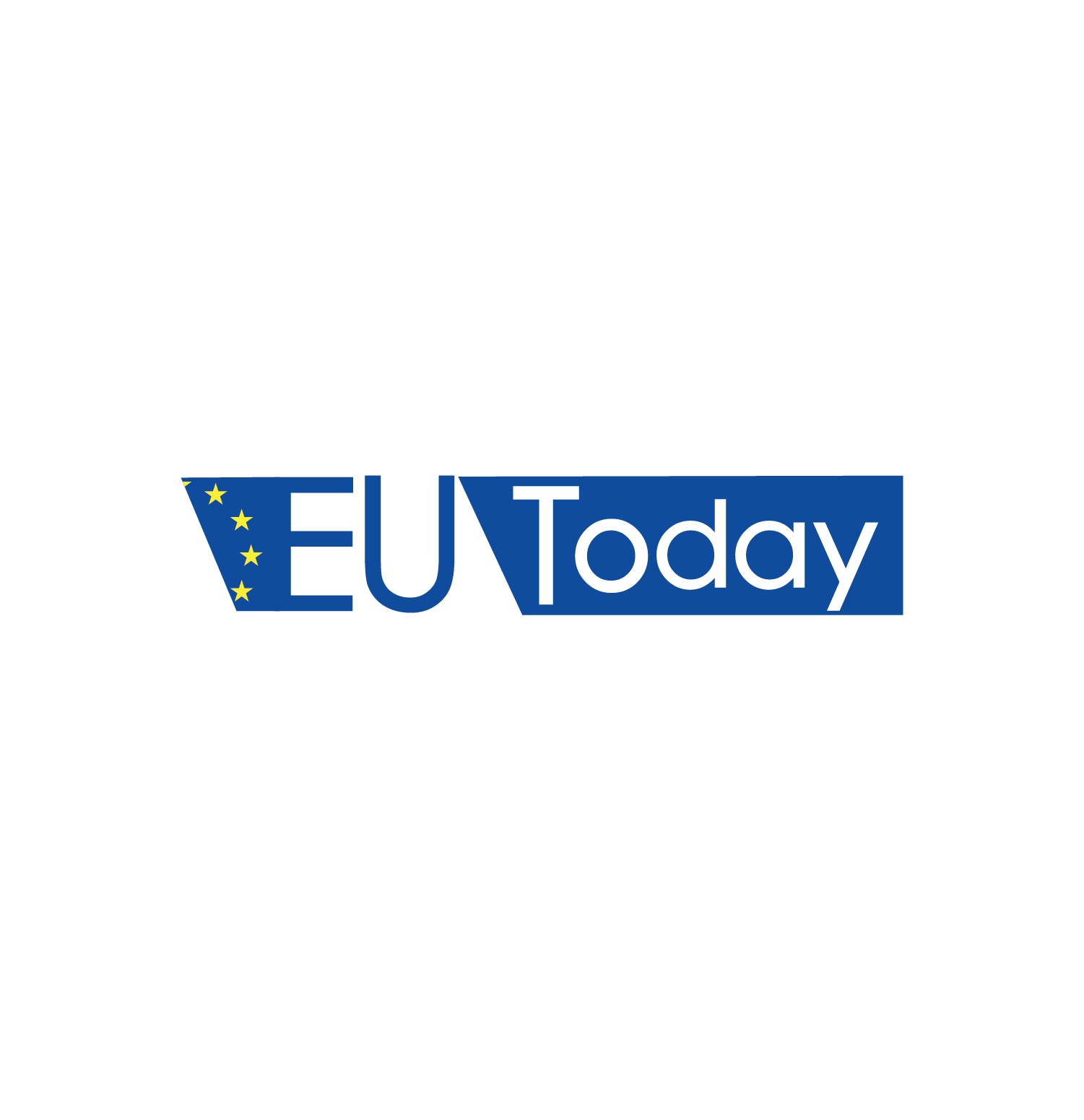A recent report by the London-based Environmental Investigation Agency (EIA) highlights the issue of large-scale smuggling of climate-warming refrigerant Hydrofluorocarbons into Europe from China and Turkey.
These gases, known as hydrofluorocarbons (HFCs), are primarily used in industrial and retail cooling systems.
While HFCs do not harm the ozone layer like previously banned refrigerants, they are potent greenhouse gases, with a warming potential thousands of times greater than carbon dioxide.
The EIA’s findings, resulting from a two-year undercover investigation, indicate significant challenges for law enforcement agencies across the European Union in tracking and intercepting illegal shipments.
Smugglers are employing increasingly sophisticated tactics to evade detection, with routes often involving Turkey, Russia, or Ukraine.
Fin Walravens, a senior campaigner at EIA, noted the persistence of illegal HFCs in the European market, highlighting the adaptability of traders in circumventing authorities.
The lucrative nature of smuggling these gases, which allows for significant profits, remains a driving force behind such illicit activities.
The 2016 Kigali amendment to the Montreal Protocol commits European and other industrial nations to reduce HFC use by 85% from 2012 to 2036. This reduction is facilitated through gradual quota reductions assigned to authorized HFC producers and consumers.
However, the strong demand for HFCs has led to price hikes due to phase-downs, incentivizing smugglers, many of whom hold legitimate trading licenses, to exploit the supply gap.
Walravens emphasized the ease with which licensed traders can exceed their quotas, posing challenges in enforcement. The intended effect of making HFCs expensive to encourage adoption of alternatives becomes compromised when illegal trade offers significantly cheaper prices, undermining the effectiveness of the entire system.
An earlier EIA investigation in 2021 estimated that illegal HFCs smuggled into Europe could constitute 20-30% of legally traded volumes, equivalent to up to 30 million tons of CO2 emissions.
Although the recent report didn’t provide a revised estimate, Walravens indicated minimal change in the situation.
China, as the largest HFC producer globally, has implemented measures to penalize firms exceeding their quotas, issuing new regulations in December to address the issue.
However, challenges persist in enforcing chemical phase-outs, with some governments facing difficulties or reluctance in cracking down on illegal trade.
Ian Rae, a technical adviser to the Montreal Protocol from the University of Melbourne, highlighted the resistance to change among customers accustomed to older products and reluctant to switch to potentially more expensive alternatives.
This consumer demand complicates efforts to transition away from HFCs despite the availability of substitutes.
Despite commitments to phase out these potent greenhouse gases, enforcement remains a major hurdle, exacerbated by strong demand and the profitability of illicit trade.
Addressing this issue requires concerted efforts from governments, law enforcement agencies, and industry stakeholders to uphold environmental agreements and promote the adoption of sustainable alternatives.
Click here for more News & Current Affairs at EU Today
_________________________________________________________________________________________________________





